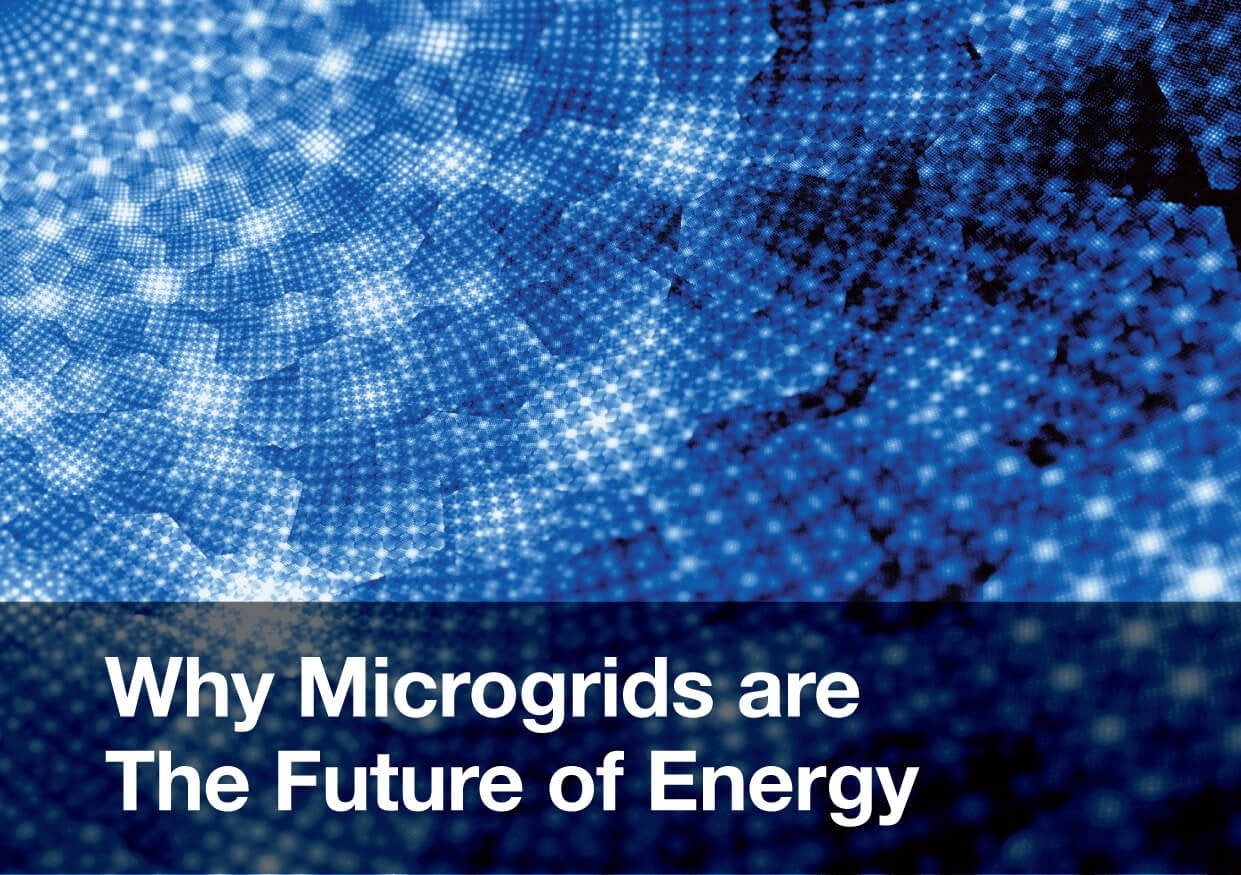Why Microgrids are The Future of Energy
Despite living in an advanced and modern society, one variant that humans are still struggling to cope with is the negative effect of natural disasters.
Superstorms, hurricanes, and other extreme weather conditions have caused widespread energy outages in the past, and across these occurrences, buildings with microgrid systems have stood out in contrast to the dark buildings surrounding them.
Defined as localised groups of electricity sources and loads, microgrids – under normal circumstances – operate connected to the regular centralised electrical grid. What makes them able to sustain power, even during outages, is their capability of disconnecting from the main grid. In this “island mode” they function autonomously and do not depend on an external source of energy.
For buildings with microgrids, including private properties, shops, and public services, this means they can continue to function without disruption. The same goes for transmission lines, which can be upgraded cost-effectively using microgrids. This energy model also enables remote places to receive energy, whether they be individual houses or whole villages.
These factors make compelling arguments as to why microgrids are rapidly growing in popularity, but other reasons exist as well. Distributed Energy Resources (DER) are being deployed more and more, and it is less of a risk to set up microgrids using assets already in existence. Another reason is that microgrids answer the newfound demand for electric grid resiliency (which is shaky due to power plant closures, and higher rates of electrification). Furthermore, the costs of set up are decreasing because of the grid design, control systems, and the lower costs associated with energy storage. Regulatory frameworks present the biggest challenge for microgrids because these can often be slow to progress, but this is predicted to change soon, which is another argument for the surge in popularity.
The countless benefits of microgrids make them an attractive alternative to the centralised electrical grid, and their successes so far pave the way for a great future. Dashboard believes microgrids to be another step towards a more stable energy supply, and we expect this to be a key attribute of the energy landscape in the future.
